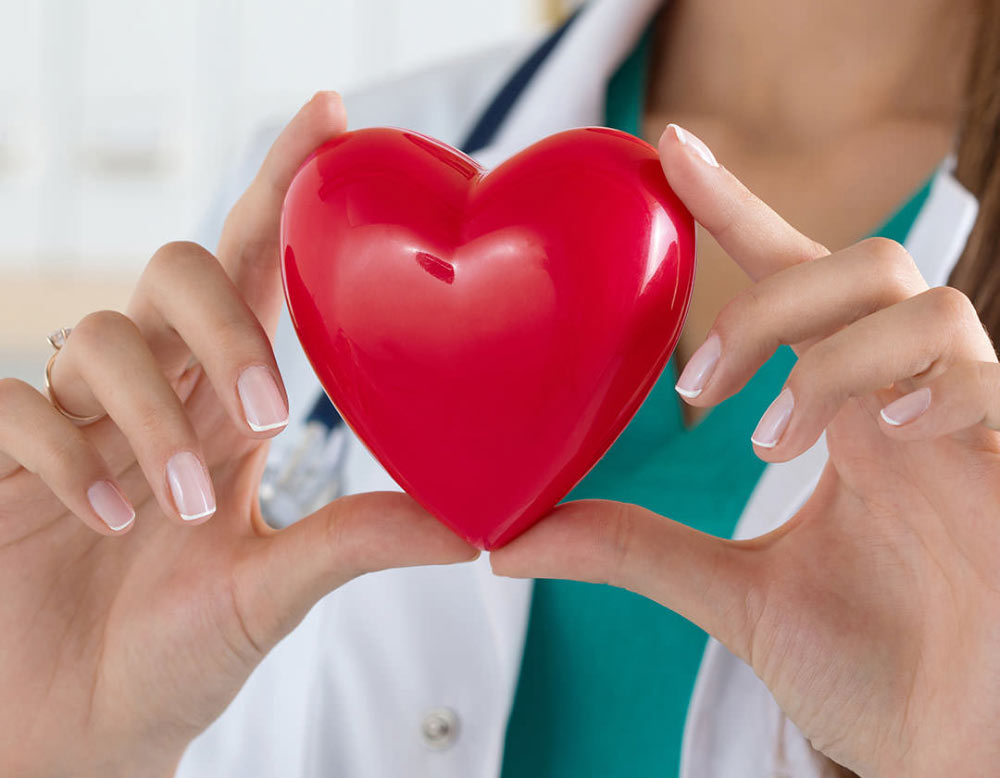Cardiac Sciences
Different types of surgeries are performed based on the reason for the operation and the heart condition. Some of the types of heart surgeries include – aortic surgery, coronary artery bypass graft (CABG) surgery, valvular surgery, congenital heart surgery, arrhythmia surgery, heart transplant, etc.



About Cardiac Services
The term cardiology is derived from the Greek words ‘cardia’ which refers to the heart and ‘logy’ meaning the study of. Cardiology is the study and treatment of disorders of the heart and the blood vessels. The field includes medical diagnosis and treatment of congenital heart defects, coronary artery disease, heart failure, valvular heart disease and electrophysiology. A person with heart disease or cardiovascular disease is usually referred to a cardiologist. The cardiology team is highly experienced in diagnosing and treating diseases of the cardiovascular system. The cardiologist advises some tests, and may perform some procedures, such as heart catheterizations, angioplasty, or inserting a pacemaker in order to achieve accurate diagnosis of the problem. There are three main types of cardiology procedures: Invasive, Non-invasive and Interventional.
1. **Non-Invasive Cardiology Procedures**:
These procedures are performed outside the body and do not involve any instruments or devices being inserted into the body. They’re generally diagnostic.
– **Electrocardiogram (ECG or EKG)**: Records the electrical activity of the heart.
– **Echocardiography**: An ultrasound of the heart that visualizes the structure and function of cardiac chambers and valves.
– **Stress Tests**: Evaluates heart function under stress, which can be induced either through exercise or medications.
– **Holter Monitoring**: A portable ECG device worn by the patient to record heart activity over 24-48 hours.
– **CT & MRI of the Heart**: Offers detailed images of the heart and its vessels.
2. **Invasive Cardiology Procedures**:
These involve inserting instruments or devices into the body, usually through catheters. The primary aim is often diagnostic.
– **Cardiac Catheterization**: Involves threading a catheter into the heart through blood vessels to diagnose various heart conditions. It can determine pressure and blood flow in the heart’s chambers.
– **Electrophysiological Studies (EPS)**: Tests the heart’s electrical system to analyze arrhythmias.
3. **Interventional Cardiology Procedures**:
Building upon invasive procedures, interventional cardiology aims at treating heart conditions using catheters, rather than surgical methods.
– **Coronary Angioplasty (with or without Stenting)**: A balloon-tipped catheter is used to open up blocked coronary arteries. Often, a stent (a small wire mesh tube) is placed to keep the artery open.
– **Balloon Valvuloplasty**: Uses a balloon-tipped catheter to open a stiff heart valve.
– **Atherectomy**: Removes plaque from an artery using a catheter with a sharp blade on its tip.
– **Device Closure**: Used for the closure of some heart defects or holes, like atrial septal defects or patent foramen ovale.
– **Pacemaker and Implantable Cardioverter Defibrillator (ICD) Implantation**: Devices are placed to regulate heart rhythm.
Our Team Of Experts

Profile
Dr. Amit Shah
MBBS
Specialities
- Cardiologist
- Psychology
- Neurology
Experience
10+ years

Profile
Dr. Amit Shah
MBBS
Specialities
- Cardiologist
- Psychology
- Neurology
Experience
10+ years
Specialities
Explore our Centres of Clinical Excellence

Cardiac Science

Gastroenterology

Nephrology

Dental Care

Dermatology

ENT

General Surgery

